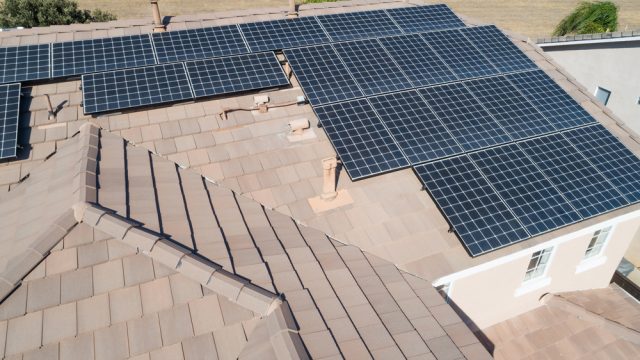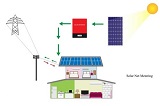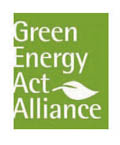You might consider switching to renewable energy to enjoy lower electric bills while decreasing your household’s carbon footprint. But now, some Canadian homeowners who rely on solar panels and battery storage or drive electric vehicles can not only enjoy reduced energy costs – they can also receive incentives from their power company for sending energy back to the grid. Read on to learn about this innovative program and the changes it proposes to introduce.
Introducing the GridExchange Program
Alectra Utilities Corp. serves approximately a million residential and commercial customers in the Greater Golden Horseshoe area of Toronto. The utility recently launched a three-month pilot version of its GridExchange customer energy marketplace, which aims to enable a frictionless transfer of energy between consumers and the grid.
For its three-month pilot phase, Alectra has engaged 21 Ontario households that use solar panels, battery storage or electric vehicles. These customers have agreed to provide energy to Alectra in exchange for rewards, which they can then use to pay for goods and services from various local merchants using a mobile app with tap-to-pay functionality. The pilot’s implementation follows an earlier proof of concept Alectra initiated with five customers in 2018.
Goals of GridExchange
Alectra Utilities Corp. has pledged to be net zero by 2050. In launching GridExchange, they aim to support customers by offering them greater control over their energy usage, lowering emissions while creating more value for the Ontario power grid.
In the current pilot phase, which will continue throughout 2021, Alectra will test the exchange of energy across three initial services: grid balancing, managed EV charging and reducing greenhouse gas emissions to help fight global climate change.
By design, GridExchange will record and deliver real-time information about available customer energy resources, customer participation history and power grid needs to enable secure, transparent energy exchanges.
How Does the GridExchange Program Work?
Typically, utilities generate electricity at a central hub, then distribute it to customers through a one-way channel. However, innovations in renewable energy have given today’s customers more choices.
Options such as harnessing the sun’s power and storing it in home batteries have created more efficiency and an increasingly distributed electrical grid. But historically, customers who generated excess energy had nothing to show for it other than the typical credit on their utility bill. GridExchange proposes to reimagine the energy grid, optimizing it as a two-way information highway that simultaneously serves the needs of customers and utility providers.
One possible solution is blockchain, a digital transaction ledger that records transactions across an entire network. Blockchain allows Alectra to group a neighborhood’s solar and other energy assets into a virtual power plant. When a need arises, the assets will automatically dispatch energy to the utility, relieving network congestion and lessening the grid’s environmental impact.
Though GridExchange is still in its pilot phase, it has already demonstrated blockchain’s potential for streamlining transactions between customers and their utility providers. Individual consumers can only make a slight difference, but when aggregated into a marketplace, they can have remarkable synergy.













